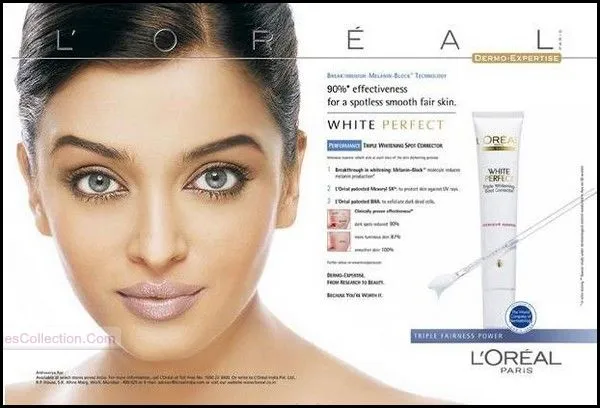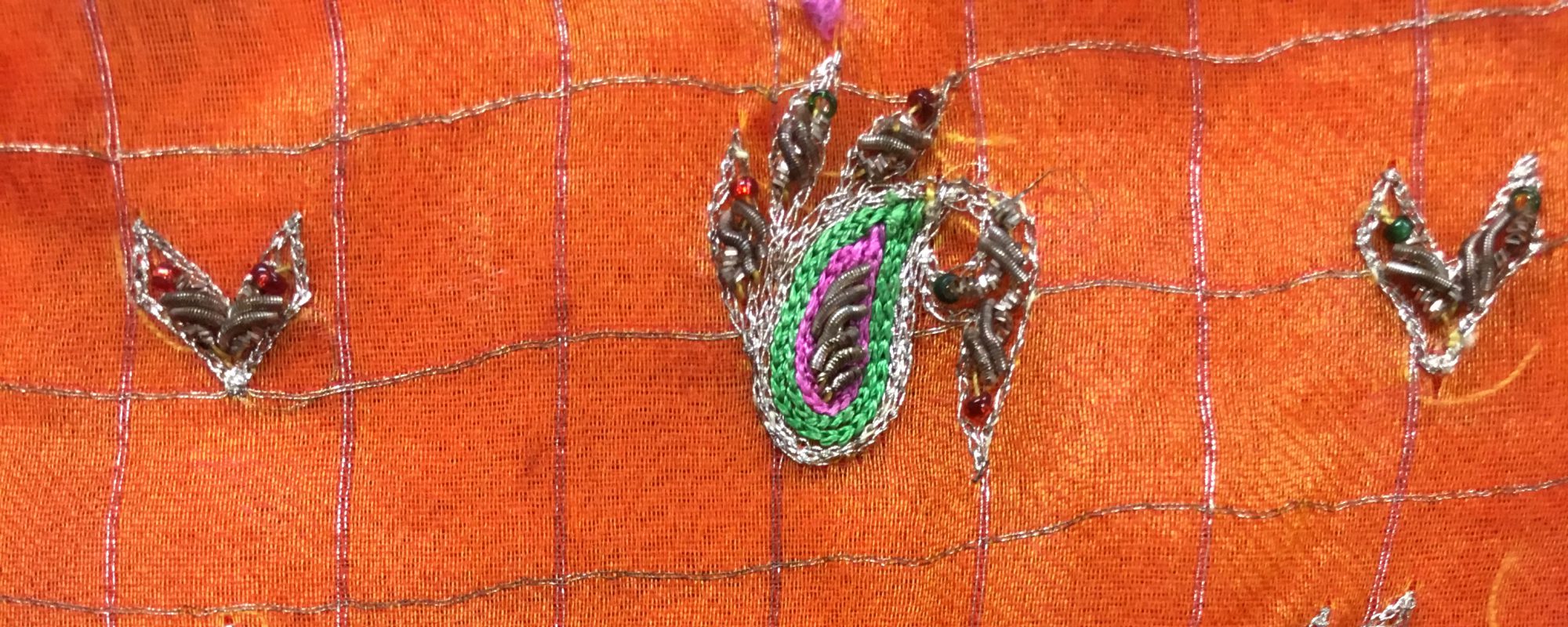Beauty standards are universal, yet paradoxically, they are never consistent, and India is no exception. India’s beauty standards are constantly changing, and what is considered ideal for the modern Indian woman is different than what was found to be beautiful half a century ago. Using traditional art and marriage advertisements as resources, the ideal Indian woman was of medium complexion, had an hourglass figure, large eyes, full red lips, and long black hair. This image has persisted for centuries, yet recently it has begun to change. The modern Indian woman strives to be clear and fair complected, with long dark hair, and a hairless body. Additionally, the modern Indian woman aspires to be slim, though the desire for large breasts and hips has not changed from traditional ideals. These beauty ideals are imperative to Indian culture because they determine how Indians behave, how they self-identify, what products they buy, and how those products are sold. Modern beauty standards emphasize changing what you are not happy with, and that means sales of beauty products have significantly increased in India. Items such as hair dyes, hair removal products, weight loss supplements, and skin whitening creams are selling now more than ever. It is also important to know that the beauty standard is just one aspect of the ideal Indian woman. Behaviorally speaking, the Indian woman is expected to be chaste and modest, however; modern Indian women are now beginning to rebel against this ideal. It is possible that changes to beauty standards and behavior can be attributed to western influence and globalization, which is why it is important to have an understanding of Indian culture, especially as it relates to appearance and behavior. Understanding how western culture has influenced India, for better or for worse, will make this trip a richer experience.



Works Cited:
Cohen, M. (2007, September 28). India’s New Beauty Ideal Is a Wisp of Its Former Self. Retrieved December 30, 2016, from http://www.wsj.com/articles/SB119093749514441990
Gelles, R. (2011). Fair and Lovely: Standards of Beauty, Globalization, and the Modern Indian Woman. Independent Study Project Collection. Retrieved December 28, 2016, from http://digitalcollections.sit.edu/cgi/viewcontent.cgi?article=2143&context=isp_collection
Li, E., Min, H., & Belk, R. (2008). Skin Lightening and Beauty in Four Asian Cultures. Association for Consumer Research,35, 444-449. Retrieved December 29, 2016, from http://www.acrwebsite.org/volumes/v35/naacr_vol35_273.pdf
